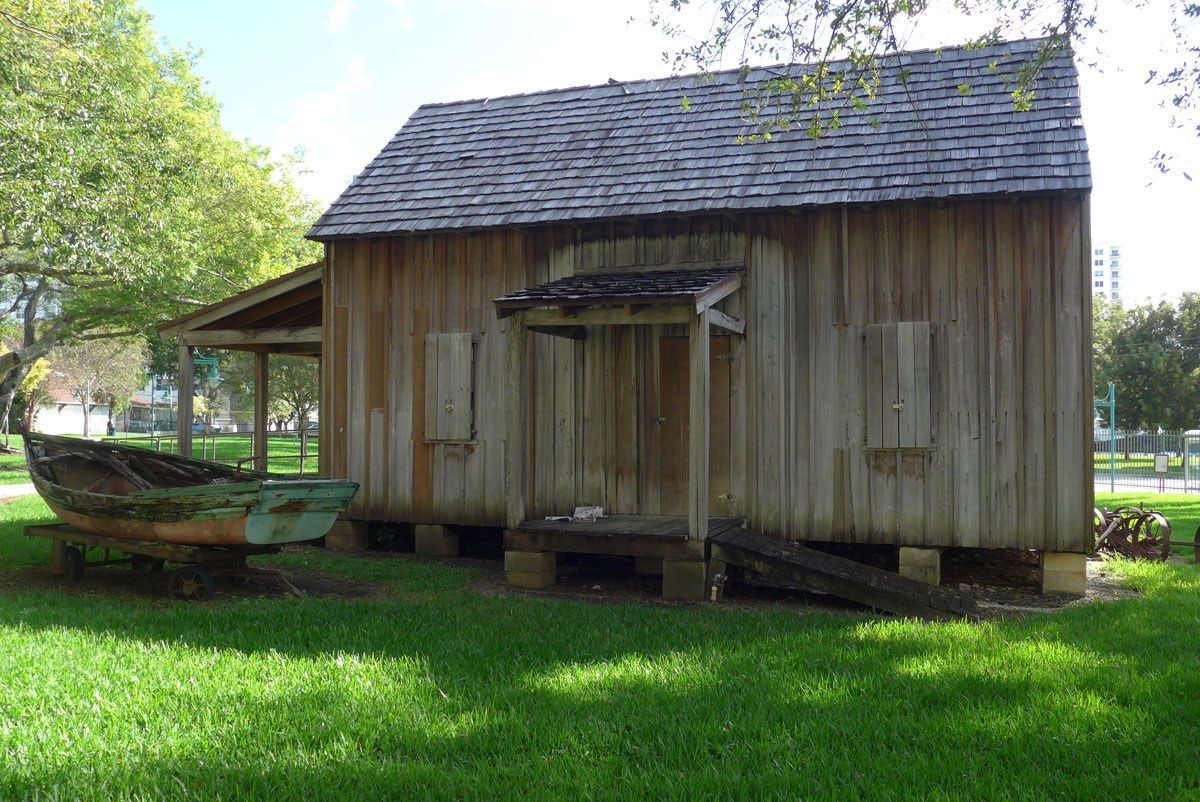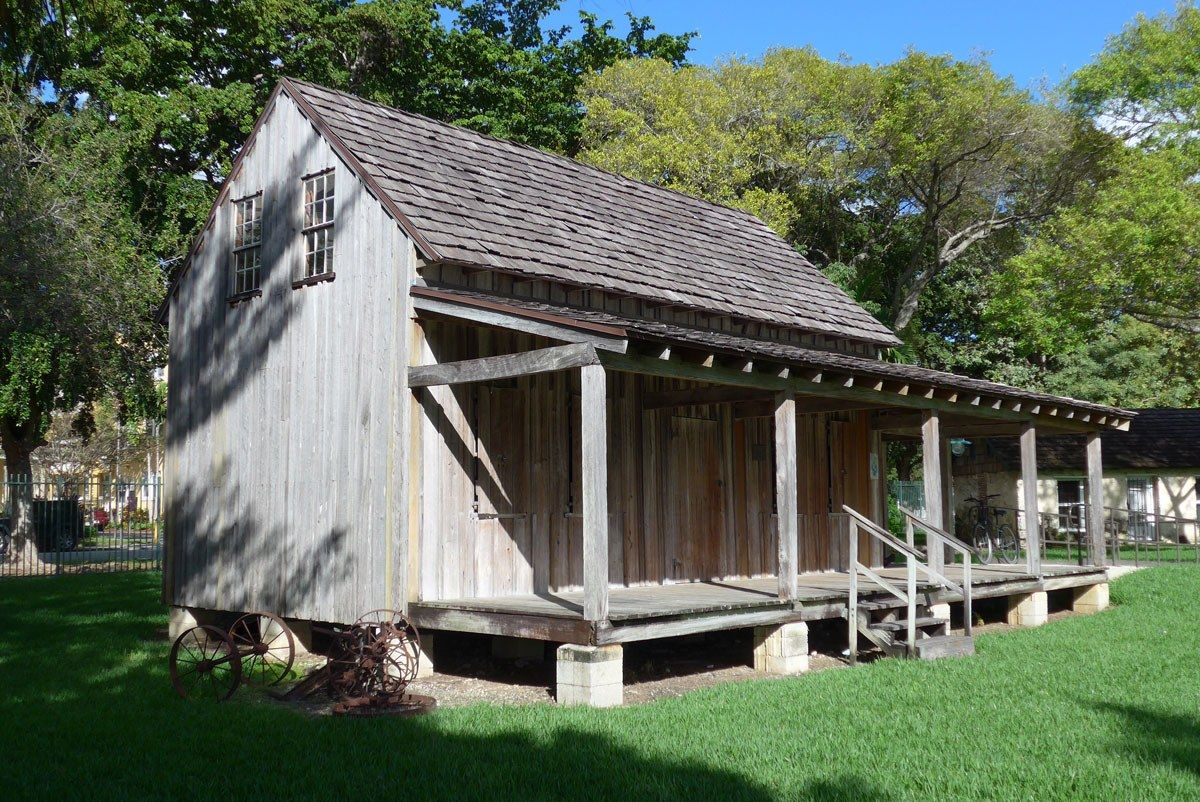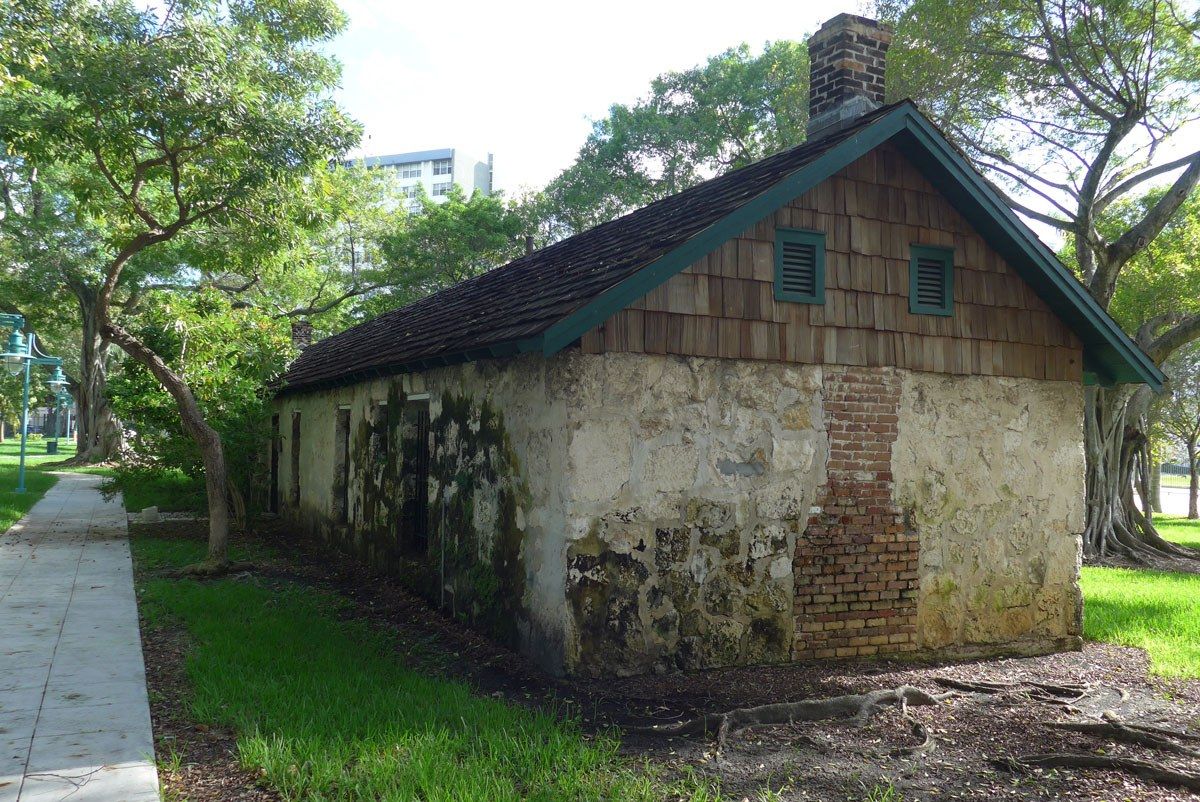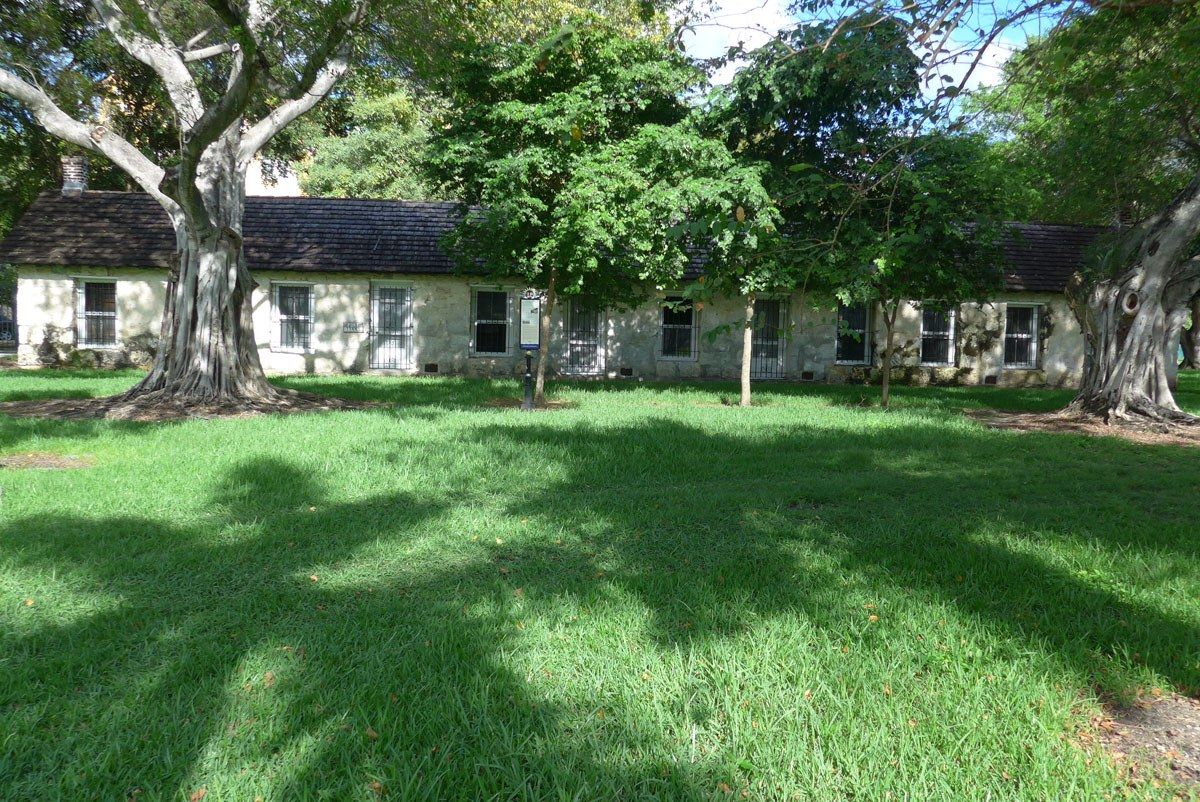Hotel Indigo and On The Grid value your feedback.
Please complete a quick 2 minute survey to tell us about your experience.
Though Lummus Park is Miami’s oldest park, the two historic structures moved here are even older. They are the only two surviving buildings from Miami’s pioneer era. One is from Fort Dallas and is a Slavehouse that was built by the Slaves of settler William English in 1844 from native oolitic limestone. It was converted to a U.S. Army barracks during the Second Seminole War and was later a part of Julia Tuttle’s homestead after she purchased Fort Dallas. Tuttle is considered, “The Mother of Miami” and is the only female founder of any American city. The other building is William Wagner’s House that he built in the 1850’s. It is a traditional frontier home built of hand-hewn lumber with mortise and tenon joints. Wagner lived in Miami until he died in 1901, was a Veteran of the Mexican War and built the first church in Miami-Dade County. The buildings are not open to the public, but there are basketball courts, a play ground and picnic benches scattered throughout the park.




Please complete a quick 2 minute survey to tell us about your experience.